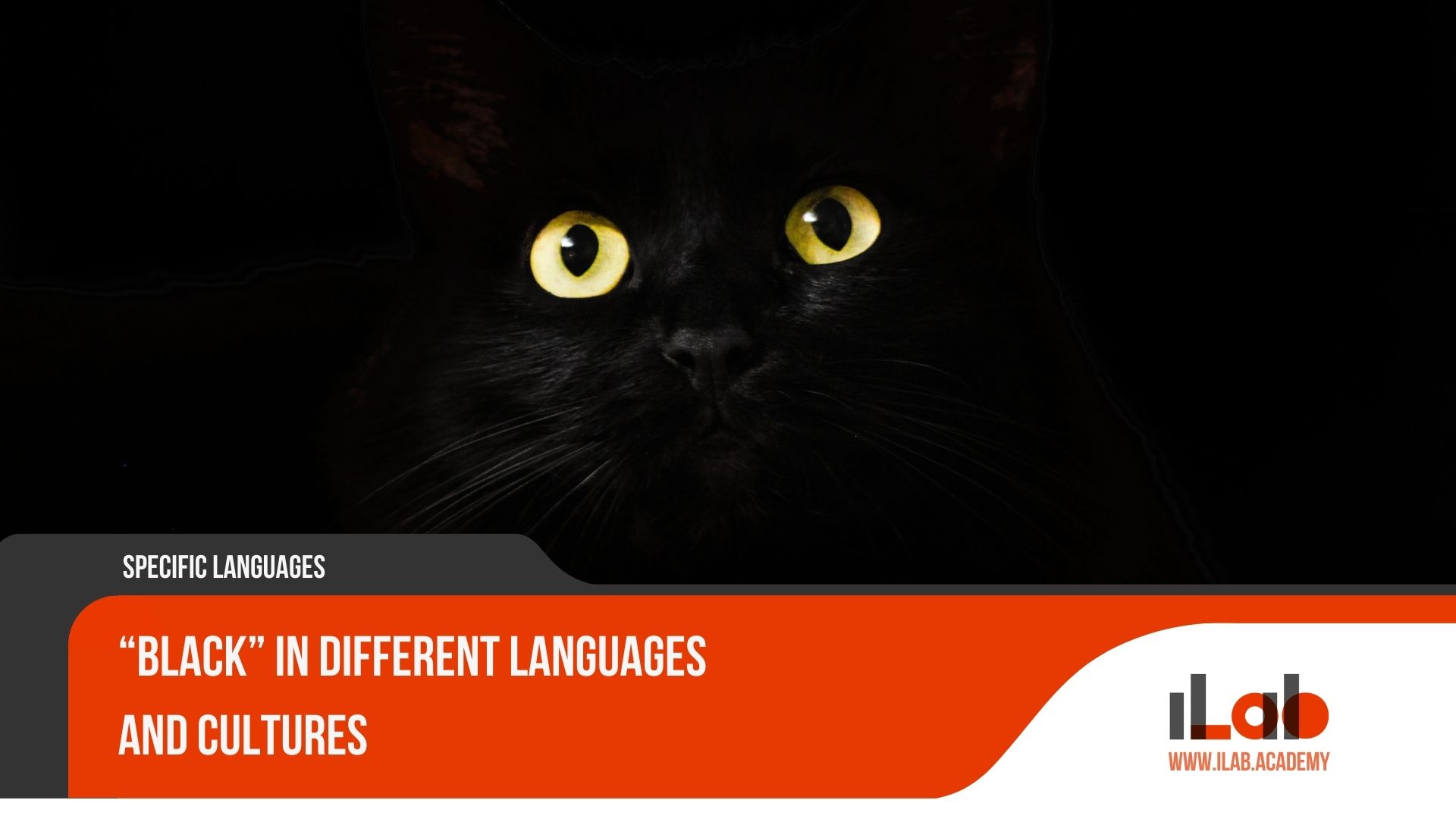Table of contents
The Portuguese language, as it is spoken in the vibrant and culturally diverse nation of Brazil, offers a linguistic landscape ripe for exploration by those familiar with Spanish. While both languages share Iberian roots and similarities that facilitate cross-comprehension, the journey from Spanish to Brazilian Portuguese involves navigating through a terrain of intriguing differences that extend beyond mere vocabulary into the realm of pronunciation, syntax, and cultural idioms. For Spanish speakers, the discovery of Brazilian Portuguese is not just an academic exercise but an opportunity to unlock a world where the cadence of speech mirrors the dynamism of Brazil’s famed carnivals and the subtlety of its social interactions. As we embark on this linguistic voyage, we invite you to uncover the layers of history and influence that have shaped the contemporary Brazilian vernacular, a process that ultimately reveals as much about the language itself as it does about the colorful tapestry of Brazilian society.
Key Takeaways
- Portuguese is the official language of Brazil and is the primary language spoken in the country.
- Brazilian Portuguese differs from European Portuguese in terms of pronunciation, verb conjugation, and syntax.
- The Brazilian lexicon has been influenced by indigenous and African languages, resulting in the adoption of specific words.
- Brazil’s linguistic geography showcases regional variations in Portuguese dialects, reflecting the country’s diverse heritage.
Introduction to Brazil Language: Understanding Brazilian Portuguese
Brazilian Portuguese, the sole official language of Brazil since its adoption in the 18th century, is a rich and nuanced form of communication that serves as the cornerstone of the nation’s identity. Developed from its European roots, it has evolved to encompass a unique blend of indigenous, African, and other international influences. This distinctive version of Portuguese not only carries the history of Brazil within its syntax and vocabulary but also reflects the vibrancy of its contemporary culture.
The language is characterized by its melodious intonation and rhythm, which can be quite different from its Iberian counterpart. As Spanish speakers delve into the study of Brazilian Portuguese, they may find this aspect both familiar and pleasantly distinct, given the shared Iberian linguistic heritage. The phonetics of Brazilian Portuguese tend to be more open and vowel-rich, contributing to its musical quality—an element that captivates learners and listeners alike.
Understanding Brazilian Portuguese involves more than just grasping the grammar and vocabulary. It is about appreciating the context in which the language operates. Brazil’s diverse society is mirrored in the way the language is used to express social relationships, emotions, and cultural norms. The formal and informal registers of Brazilian Portuguese can vary significantly, making it essential for learners to become attuned to these subtleties.
For Spanish-speaking individuals, the journey to proficiency in Brazilian Portuguese is facilitated by numerous cognates and a somewhat familiar grammatical structure. However, the true essence of the language lies in its idiomatic expressions, colloquialisms, and regional dialects, which convey the depth and diversity of Brazil’s linguistic landscape. Engaging with Brazilian Portuguese is not just a linguistic endeavor but an immersion into Brazil’s rich cultural tapestry.
Brazilian vs European Portuguese: The Pronunciation and Grammar Divide
Delving into the linguistic nuances of Portuguese reveals a pronounced divide between its Brazilian and European variants, particularly in aspects such as pronunciation, verb conjugation, and syntax. To the Spanish-speaking ear, these differences may be subtle at first, but they significantly affect comprehension and communication.
Pronunciation varies notably, with Brazilian Portuguese often sounding more open and vowel-rich, whereas European Portuguese is characterized by its more closed vowels and nasal quality. This difference is evident in the pronunciation of common words. For example, the word “reception” is pronounced as “recepção” in Brazil and “recepção” in Europe, with a more evident nasal sound in the latter.
Verb conjugation also presents divergences. In Brazil, the use of the second-person singular “tu” is less common than in Portugal, with Brazilians favoring the use of “você,” which consequently affects verb forms. For instance, “you speak” translates to “tu falas” in European Portuguese and more commonly “você fala” in Brazilian Portuguese.
Syntax differences manifest in the positioning of object pronouns. Brazilian Portuguese tends to place them before the verb, while European Portuguese often places them after and attaches them to the verb. For example, “I will see you” can be “eu te vejo” in Brazilian Portuguese, compared to “eu vejo-te” in European Portuguese.
For Spanish speakers, these distinctions are crucial for navigating the subtleties of Portuguese language learning. Understanding these divergences is essential for effective communication, whether engaging with the speech of Lisbon or the dialogue of São Paulo.
Words of Influence: African and Indigenous Contributions to Brazil Language
A significant portion of the Brazilian Portuguese lexicon bears the indelible mark of African and indigenous languages, enriching the language with a diverse cultural heritage. These contributions reflect the complex history of Brazil, woven through centuries of cultural exchange and interaction. The African influence, largely due to the transatlantic slave trade, brought a plethora of linguistic elements that melded with Portuguese and indigenous words, creating a unique Brazilian lexicon. Indigenous languages, especially from the Tupi-Guarani family, also offered a substantial number of terms, particularly relating to flora, fauna, and place names.
Understanding these roots offers insight into the nuanced meanings and cultural significance behind many Portuguese words used in Brazil today. Here is a table showcasing a sample of these words:
| Portuguese Word | Origin | Meaning in English |
|---|---|---|
| Cachaça | Tupi | A type of distilled spirit made from sugarcane juice |
| Moleque | Bantu | A mischievous child or young boy |
| Tapioca | Tupi | A starch extracted from cassava roots |
| Samba | Bantu | A genre of music and dance |
| Capoeira | Bantu | A martial art that combines elements of dance, acrobatics, and music |
Each word carries with it a story of cultural intermingling and adaptation. For Spanish speakers, recognizing these influences can deepen the appreciation for the nuances that set Brazilian Portuguese apart from other languages, including their own. As one delves deeper into the study of Brazil’s language, acknowledging and understanding these African and indigenous contributions become essential in grasping the full richness of the linguistic tapestry that is Brazilian Portuguese.
Dialects Across the Nation: Uncovering Brazil’s Linguistic Geography
Spanning a vast and varied terrain, Brazil is home to a rich tapestry of regional dialects, each with its own distinct linguistic flair. This diversity is a reflection of the country’s complex linguistic heritage, which has been shaped by historical migrations, indigenous cultures, and the vast geographic expanse of the nation.
The linguistic geography of Brazil can be broadly categorized into several main dialect groups:
Northern Brazilian Dialects:
- Often characterized by a slower pace of speech.
- Influence from indigenous languages is more pronounced.
Northeastern Brazilian Dialects:
- Notable for their unique intonation and vocabulary.
- The African influence is evident, due to historical slavery routes.
Southern Brazilian Dialects:
- Influenced by European immigration, particularly from Italy and Germany.
- The “tu” form is used more frequently than in other regions.
Southeastern Brazilian Dialects:
- Include the São Paulo and Rio de Janeiro dialects.
- São Paulo’s speech tends to clip words, while Rio’s is known for a sing-songy rhythm.
Each regional dialect contributes to the linguistic mosaic of Brazil, offering insights into the country’s cultural and historical dynamics. While standard Brazilian Portuguese is understood nationwide, these regional nuances add color and depth to the language, presenting a fascinating study for Spanish speakers interested in the linguistic parallels and divergences within Brazil. Understanding these dialects can greatly enhance the appreciation of Brazil’s linguistic diversity and provide a more immersive learning experience.
Idiomatic Charm: Popular Slang and Idioms in Brazilian Portuguese
Immersing oneself in the colloquial tapestry of Brazilian Portuguese reveals a myriad of idioms and slang terms that enliven everyday conversation and reflect the nation’s cultural vibrancy. These colloquialisms often carry nuanced meanings that may not be immediately apparent to non-native speakers, making their mastery a key step toward genuine fluency and cultural literacy.
Brazilian slang, like “galera” (meaning a group of people, similar to “gente” in Spanish), and idioms such as “pisar na bola” (equivalent to dropping the ball in English, used when someone makes a mistake) offer Spanish speakers a window into the playful and expressive nature of Brazilian Portuguese. Many of these expressions have counterparts or similar constructions in Spanish, which can be a helpful bridge for learners.
For instance, the Brazilian idiom “engolir sapos” translates to “to swallow frogs,” and is used when someone has to accept or endure an unpleasant situation without complaining—comparable to the Spanish “tragarse el sapo.” Meanwhile, “estar com a pulga atrás da orelha,” meaning to be suspicious or uneasy about something, is akin to “tener la mosca detrás de la oreja” in Spanish.
As Spanish speakers delve into these idiomatic expressions, they uncover the subtle but significant differences that set Brazilian Portuguese apart. Idioms and slang not only enrich one’s vocabulary but also provide insight into the values, humor, and rhythms of Brazilian life. Thus, understanding and utilizing these phrases can greatly enhance a Spanish speaker’s ability to engage authentically with Brazil’s language and culture.
The Rhythmic Language: Brazilian Portuguese and Its Musicality
How does the melodic cadence of Brazilian Portuguese transcend into the nation’s beloved music, capturing the essence of its culture and spirit? The rhythm of Brazilian Portuguese is not merely a characteristic of speech but an integral part of Brazil’s musical identity. In songs ranging from the pulsating samba to the lilting bossa nova, the language’s inherent musicality is exhibited through expressive intonation and rhythmic patterns that echo the heartbeat of Brazil.
Brazilian music often utilizes the natural prosody of the language, turning everyday phrases into enchanting lyrics that resonate with emotion and history. This intertwining of language and music not only makes Brazilian Portuguese pleasing to the ear but also invites Spanish speakers to appreciate the nuances of its melody.
The relationship between language and music in Brazil is evident in:
Samba:
- The syncopated beats mirror the dynamic stress patterns of Brazilian Portuguese.
- Lyrics often incorporate playful wordplay and double entendres, showcasing the language’s flexibility.
Bossa Nova:
- The smooth flow of the melodies complements the soft, nasal sounds of Brazilian Portuguese.
- The genre’s poetic lyrics reflect the language’s capacity for depth and emotional expression.
This intrinsic musicality facilitates a unique learning experience for Spanish speakers. As they immerse themselves in the sounds of Brazilian Portuguese, they engage with a language that moves to its own rhythm, one that is inseparable from the cultural expressions found in Brazil’s rich musical traditions. The melodies and rhythms of Brazilian music serve not only as a testament to the language’s beauty but also as a resourceful tool for language acquisition and cultural understanding.
From Spanish to Brazilian Portuguese: Learning Strategies and Resources
Transitioning from Spanish to Brazilian Portuguese requires a strategic approach that leverages linguistic similarities while navigating the nuances that differentiate the two languages. For Spanish-speaking individuals eager to learn Brazilian Portuguese, it is advantageous to focus on the shared language features, such as similar vocabulary and grammatical structures. However, they must also be prepared to tackle challenges like false cognates and unique pronunciation patterns.
Effective learning strategies include immersing oneself in the language through Brazilian media, such as music, films, and television shows, which not only illustrate the language’s musicality but also provide context for idiomatic expressions and slang. Utilizing language exchange programs can also be beneficial, allowing learners to practice with native speakers who might be interested in learning Spanish, creating a mutually beneficial educational environment.
Resources specifically designed for Spanish speakers, such as comparative grammar books and bilingual dictionaries, are invaluable tools. Online platforms and mobile applications that offer interactive lessons and exercises tailored to Spanish speakers can streamline the learning process. It’s critical to engage with resources that highlight pronunciation distinctions since Brazilian Portuguese has a markedly different rhythm and intonation from Spanish.
Language learning is not a one-size-fits-all endeavor, and Spanish speakers should seek out a personalized combination of strategies and resources that best suit their individual learning style. By consciously applying these targeted approaches, learners can navigate the transition from Spanish to Brazilian Portuguese with confidence and efficiency.
Contemporary Trends: The Evolution of Brazilian Portuguese
The dynamic landscape of Brazilian Portuguese is continually reshaped by the forces of social media, international commerce, and cultural interactions. As the language adapts to the ever-changing demands of its speakers, we observe the incorporation of new lexicon, the shift in grammatical trends, and the influence of English and other languages on its structure and expressions.
Social Media Impact
- Lexical Innovations: With the rise of digital communication, Brazilian Portuguese has embraced a plethora of neologisms and abbreviations that cater to the fast-paced online environment. Terms like “selfie” and “hashtag” are now part of everyday vocabulary.
- Orthographic Shifts: Influenced by texting and online chatting, there is a tendency towards simplified spelling and even the omission of accents or diacritical marks in informal contexts.
International Commerce and Cultural Exchange
- Loanwords and Anglicisms: The increasing interconnectedness of global economies has led to the naturalization of many English terms, especially in technology and business sectors. Words like “startup” and “feedback” are commonly used in professional settings.
- Cultural Integration: Exposure to international media and the influx of tourists have also introduced cultural concepts and phrases that are absorbed into Brazilian Portuguese, diversifying its vocabulary and expressions.
For Spanish speakers interested in the Brazilian language, understanding these contemporary trends is crucial. It not only aids in acquiring a modern and relevant command of the language but also provides insight into the fluid nature of linguistic evolution in Brazil’s sociocultural landscape. The ability to navigate these changes is emblematic of a language that is vibrant and reflective of its time.
Frequently Asked Questions
How Does the Use of Formal and Informal Registers in Brazilian Portuguese Compare to Their Use in Spanish?
In Brazilian Portuguese, as in Spanish, formal and informal registers are context-dependent. Formality is often conveyed through the use of titles and the formal second-person pronoun ‘você’ in Brazilian Portuguese, similar to ‘usted’ in Spanish. Informal speech utilizes first-name basis and ‘tu’ in both languages. However, regional variations influence the prevalence of ‘tu’ or ‘você’ in Brazil, with ‘tu’ being less common than its Spanish counterpart.
In What Ways Has the Portuguese Language Influenced Brazilian Sign Language (Libras), and How Does It Differ From Other Sign Languages?
Brazilian Sign Language (Libras) is notably influenced by Portuguese through its lexicon, but it remains a distinct visual-gestural system with unique grammatical structures. Unlike Portuguese, Libras uses space and facial expressions as integral components of communication. While it borrows elements from Portuguese, Libras differs from other sign languages, like American Sign Language (ASL), by having its own syntax and morphology, reflecting the rich cultural tapestry of the Brazilian Deaf community.
What Role Does Portuguese Play in Brazil’s Education System, Particularly in the Context of Teaching Foreign Languages to Brazilian Students?
Portuguese is fundamental to Brazil’s education system, serving as the medium of instruction. In teaching foreign languages, it is the linguistic foundation from which students learn additional languages. As the official language, it is central to literacy and learning, and proficiency in Portuguese is essential for academic success and access to global languages, thereby facilitating a more comprehensive educational experience for Brazilian students.
How Has the Brazilian Portuguese Language Adapted to Technological Advancements, Especially in Terms of Internet and Smartphone Usage?
Brazilian Portuguese has dynamically adapted to technological advancements. With the proliferation of internet and smartphone usage, new vocabulary, abbreviations, and colloquialisms have emerged. Linguistic changes include the adoption of tech-related English words, creation of portmanteau words, and shortening of phrases for texting. These adjustments facilitate efficient communication and reflect a broader, global digital culture while maintaining the language’s unique characteristics.
What Are the Legal and Administrative Differences in Language Policy Between Brazil and Portugal, and How Do They Impact the Standardization of the Language?
The legal and administrative differences in language policy between Brazil and Portugal influence the standardization of Portuguese. While both countries adhere to the international Portuguese Language Orthographic Agreement, Brazil’s implementation includes specific adaptations reflecting its linguistic idiosyncrasies. These variations affect educational materials, official documents, and publications, ensuring that the standardized language remains relevant to the Brazilian context while maintaining a core alignment with the broader Portuguese-speaking community.
Conclusion
In conclusion, the linguistic landscape of Brazil is as diverse and vibrant as the country itself. The exploration of Brazilian Portuguese reveals a language enriched by its own unique pronunciation, grammar, and lexicon, as well as African and Indigenous influences. The examination of regional dialects, popular slang, idiomatic expressions, and musicality underscores the importance of understanding the nuances of Brazil’s language. As such, Spanish speakers possess a valuable foundation for bridging linguistic gaps and deepening their connection with Brazil’s rich cultural tapestry.














